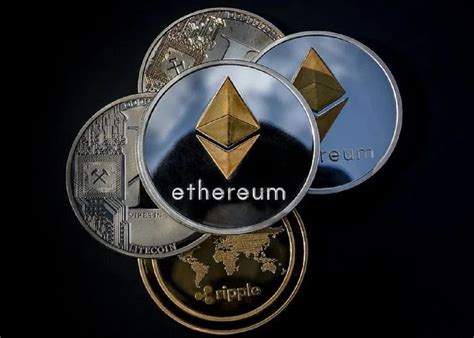Understanding the Dynamics of Mempool Depth Changes in Ethereum
Ethereum memory is a critical element of the network responsible for processing transactions and payments. The mempool graph, which tracks the number of pending transactions, shows significant variations in depth. These variations can affect the fee required to move to future blocks, making it essential to understand the underlying dynamics driving these variations.
Mempool Graph Properties
A mempool graph is a type of data structure that represents the current state of a memory pool. It consists of nodes, each representing a pending transaction, and edges that indicate the number of transactions awaiting confirmation. The depth of the graph refers to the number of nodes that have been added to or removed from the graph since the last update.
Factors Affecting Mempool Depth Fluctuations
Several factors affect memory depth fluctuations:
- Transaction Count

: The total number of transactions in Ethereum can affect the size and complexity of pending transactions, which affects their priority order and thus the depth of the mempool.
- New Transaction Frequency: The rate at which new transactions are added to the memory can affect its growth and stability. Higher rates can increase congestion, while slower rates can lead to a more stable but potentially lower priority queue.
- Transaction Type: Different transaction types (e.g. gas, ether, or other custom contract limit transactions) have different priority levels, which affects how they are placed in memory.
- Block Height and Gas Limit Changes
: As the block height increases and gas limits are adjusted, new transactions are added to the pool, affecting its growth rate and depth.
- Network Congestion: The overall level of congestion on Ethereum can affect the size and stability of the pool. High network congestion can lead to longer transaction processing times.
Memory Pool Graph Fluctuations
Variations in the pool depth are often depicted in Jochen Hoenicke’s memory pool graph, which shows significant fluctuations over time. These fluctuations can be caused by the following:
- Transaction Priority Changes: As new transactions are added or old ones are removed, their priority levels can change, affecting their placement in the pool.
- Block height and gas limit changes: Block height and gas limit adjustments can affect the growth rate and depth of the memory pool.
Impact on fee calculations
Variations in memory pool depth can significantly affect Ethereum fee calculations. When fees increase due to increased congestion or wait times, miners may have to charge higher prices to compensate. On the other hand, when fees decrease due to congestion, miners can offer lower prices, which may benefit users.
Application
Understanding the dynamics that drive memory pool depth changes is essential for optimizing fee calculations and minimizing congestion on Ethereum. By identifying the factors that affect memory pool graph fluctuations, developers and miners can adjust their strategies to achieve a balance between priority levels, block height adjustments, and overall network performance.
Additional Resources
- Jochen Hoenicke’s Mempool Graph: [
- Ethereum Network Documentation: [
